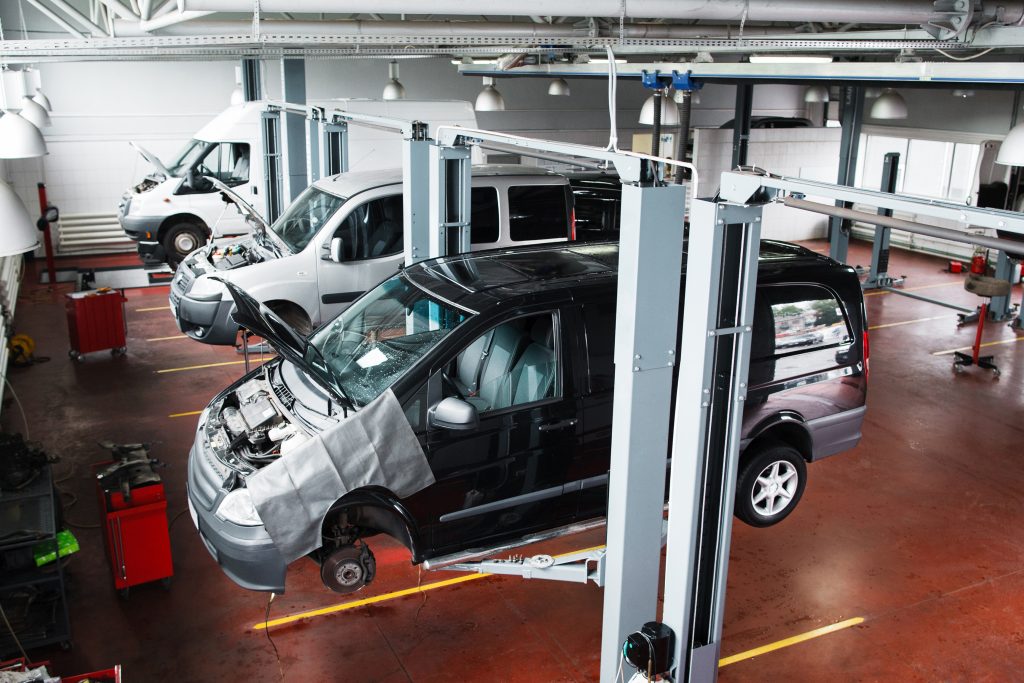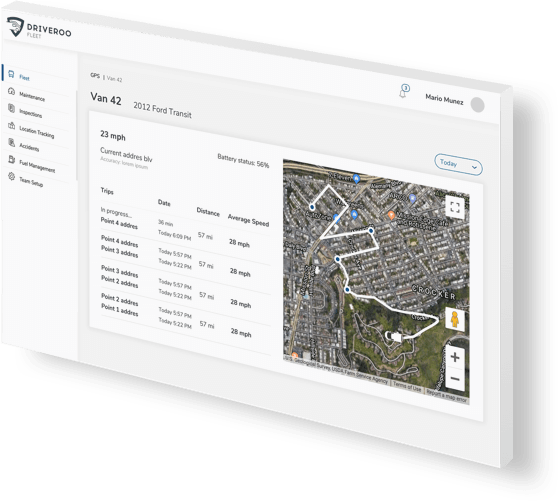
Keys to Improving Fleet Management
Fleet management is the most underappreciated skill in America today. This is despite the fact that over 8 million commercial vehicles help to keep the economy going and that inefficient fleets have the potential to cost companies billions.
How can you ensure this vital skill is practiced well at your company?
In this guide, we’re going to give you the low-down on effective fleet management and show you how you can make well-run fleet operations a star at your company. Follow these tips to have a more effective, well-organized, and efficient fleet on your books.
Preventative Maintenance

Vehicle fleet management best practices start with keeping your fleet running and the key to this is preventative maintenance. This means doing minor repairs before they become bigger problems that can put a vehicle out of action.
Having preventative maintenance in place means having a robust fleet inspection schedule: make sure that your mechanics look at each and every one of your vehicles regularly. If they spot any minor issues, fix them then. If there are signs of a bigger problem, have your mechanic take a closer look.
Your drivers have a part to play in preventing large problems occurring too. Have them do a quick spot-check of their vehicle before they hit the road and if they notice any problems while driving, make sure that they report them to the company.

You might think that preventative maintenance will cost you a lot of money but keeping your vehicles running in optimal condition will save you money in the long-term. Plus, you’ll have fewer large repairs to spend money on.
Special care should be given to taking care of your vehicles’ tires. A badly maintained tire can blow out or puncture while out on the road, which could cause an accident or significant delays to your deliveries.
Ask your drivers to take a tire pressure reading every day before they get out on the road. If it is not within safe boundaries, correct this before hitting the road.
Be Data-Driven
Keeping track of statistics about your vehicles and your drivers is superb for fleet management. You can apply this in a range of ways, so let’s take a look at some of them.
Tracking Routes

Using a GPS tracker, track the routes that your drivers take to their regular destinations. Are they optimal or do they pass through areas with a lot of stop-start traffic, which can harm fuel efficiency?
Are they taking the shortest routes and hitting consistent speeds that mean less fuel is being used? If they’re taking winding routes to their destinations or aren’t able to hit a consistent speed, you’re going to be paying more for fuel.
Analyze routes and find the best route for fuel consumption and stick to it.
Vehicle Analysis
Do you know when your vehicles need to be replaced? Tracking vital statistics about your fleet means that you can easily spot signs of degradation such as increased fuel consumption, uneven power curves, increased maintenance, and depreciation.
Use a combination of inspection and maintenance data to see when a vehicle is no longer as useful as it once was and when you should sell it.
Good Fleet Management Requires Great Tech
If you’re wondering how to improve fleet management, improve your IT department. You need to have the latest systems at your disposal if you hope to maintain an efficient fleet. This means arming your team with the latest solutions and tools, like Driveroo Fleet.
Going paperless is another superb idea: paperwork gives too much margin for error as an incorrect figure recorded in paperwork could go unchecked until it’s too late. Instead, create a shared maintenance database that your managers and mechanics can both check, keeping everyone on the same page.
Embrace technology. Rather than trying to eyeball when repairs need to be done or guessing during an inspection, use data and technology to improve efficiency.
Institute Safety Rules
Leaving safety up to your drivers can be risky, no matter how good they are at their jobs. Fatigue and other issues can affect even the best drivers if you keep them on the road for too long. Sure, they may get to their destination faster, but this comes with an increased risk of crashes and other accidents.
There aren’t many things more disastrous for a logistics company than a crash: it can write off your vehicles and injure your driver and other people on the road. This means large payouts and increased insurance rates.
Company-wide safety rules can help you here. Let your drivers know how long they are allowed to drive for and when they need to pull over. Let them know what speeds they can travel at.
If you find that one of your drivers is breaking the rules, take disciplinary action against them. Make sure that everyone is on the same page when it comes to safety. It could save both lives and money.
How We Can Help You
Following fleet management best practices is a significant undertaking but it’s one that we can help you with. We offer a range of solutions to help you with maintenance, inspections, and geofencing.
For more information about our products, services, and pricing, take a look around our site. If you’ve got any questions, please don’t hesitate to get a live demo with our experts.
